Atmel 80C51 Installation and operating instructions
Other Atmel Microcontroller manuals
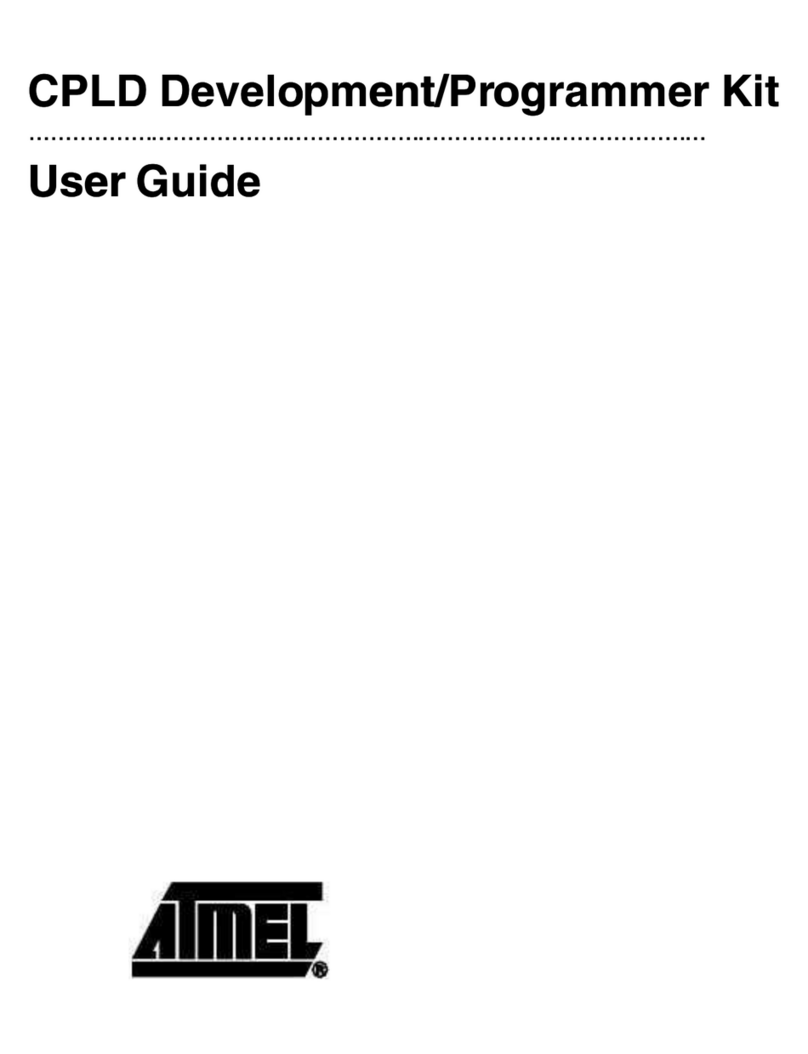
Atmel
Atmel ATF15 DK2 Series User manual
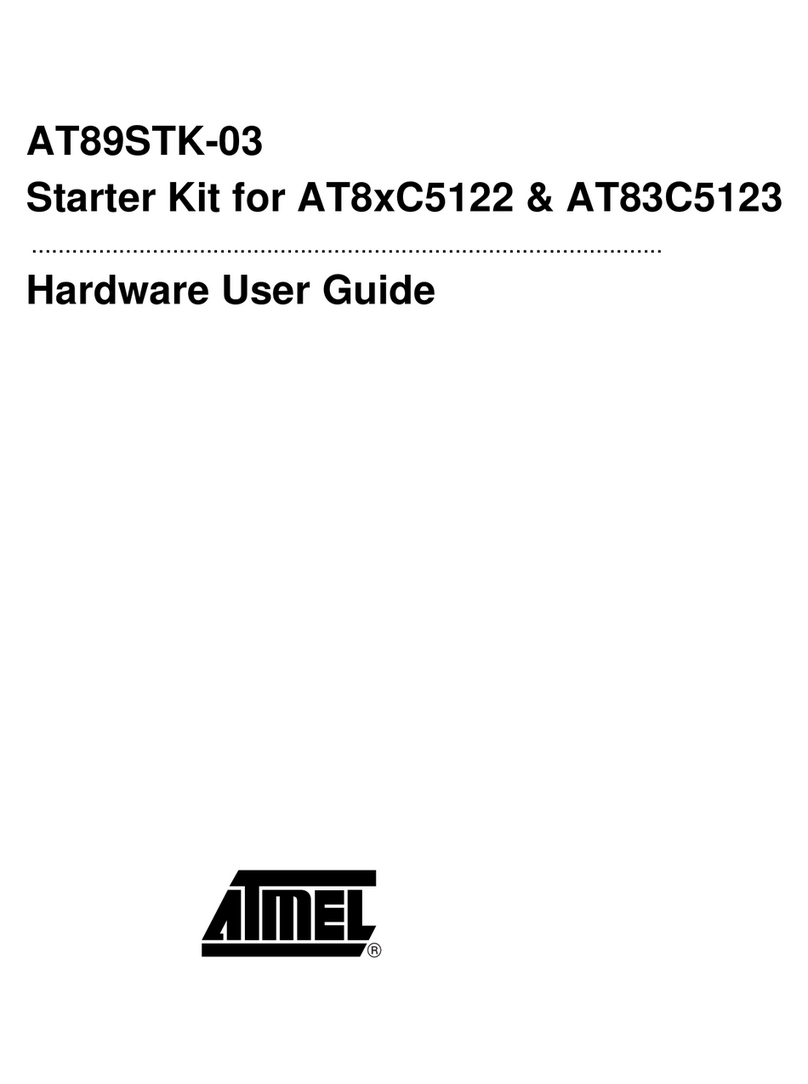
Atmel
Atmel AT89STK-03 Installation manual
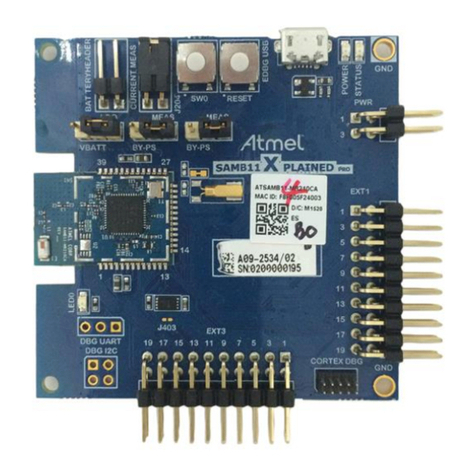
Atmel
Atmel ATSAMB11 BluSDK SMART User manual
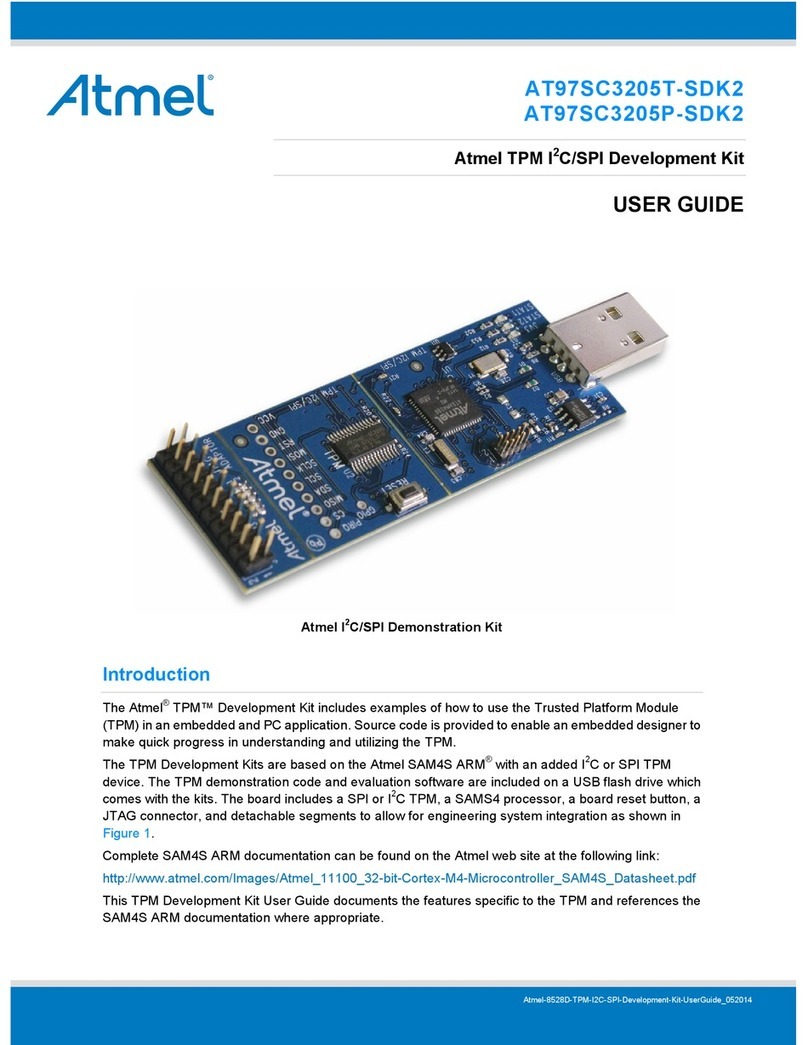
Atmel
Atmel AT97SC3205T-SDK2 User manual
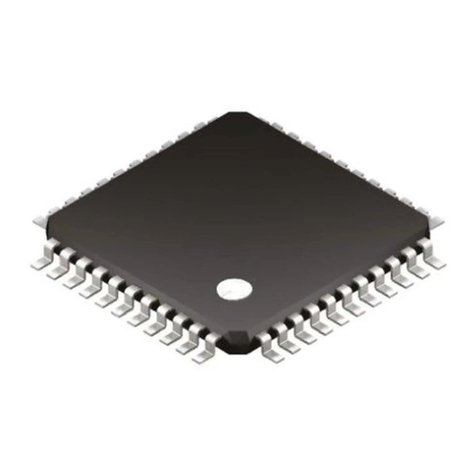
Atmel
Atmel AVR XMEGA E Installation and operating instructions
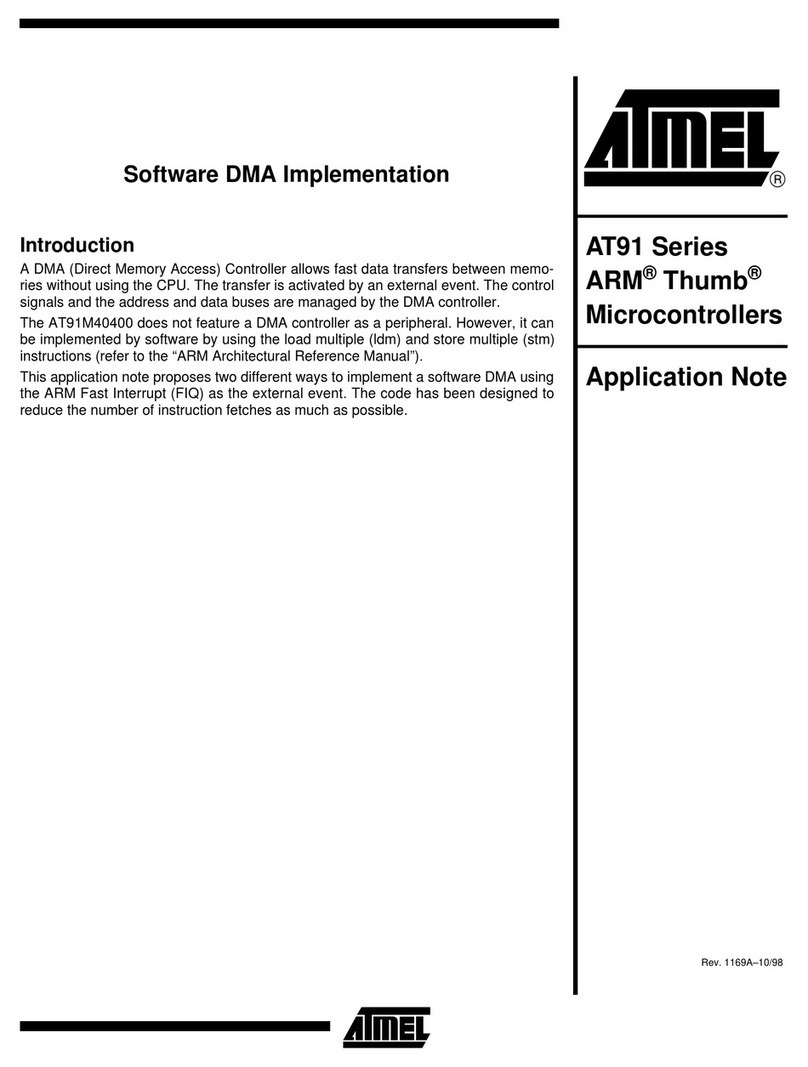
Atmel
Atmel AT91 Series Installation and operating instructions
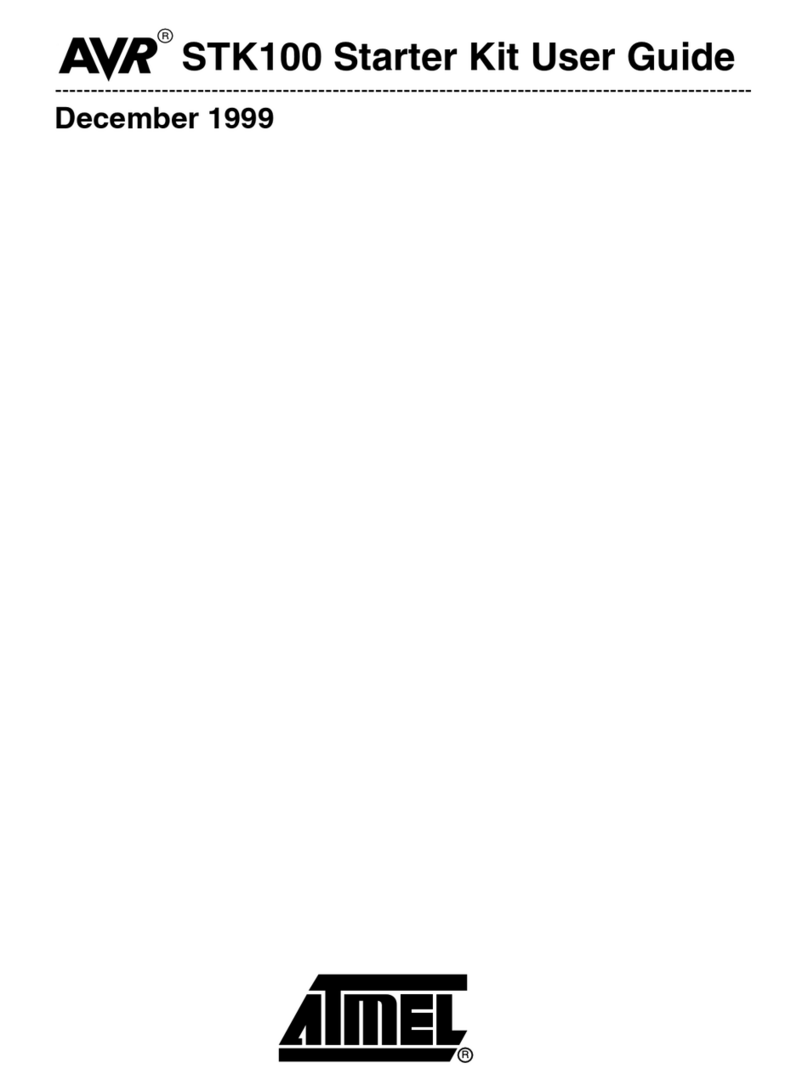
Atmel
Atmel AVR STK100 User manual
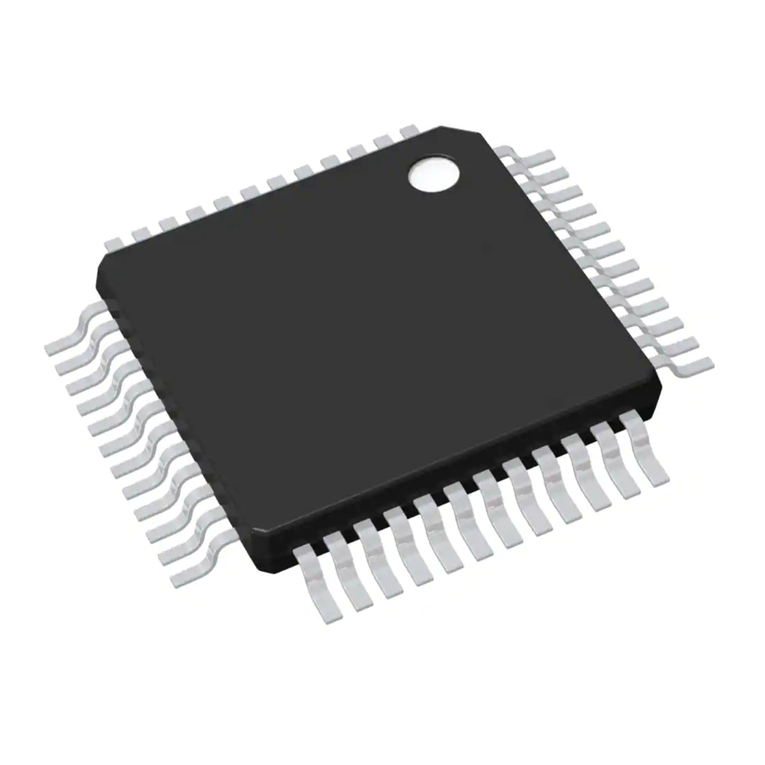
Atmel
Atmel AT32UC3L064 User manual
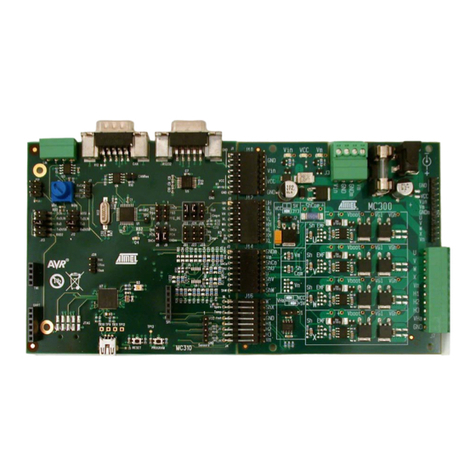
Atmel
Atmel MC320 User manual
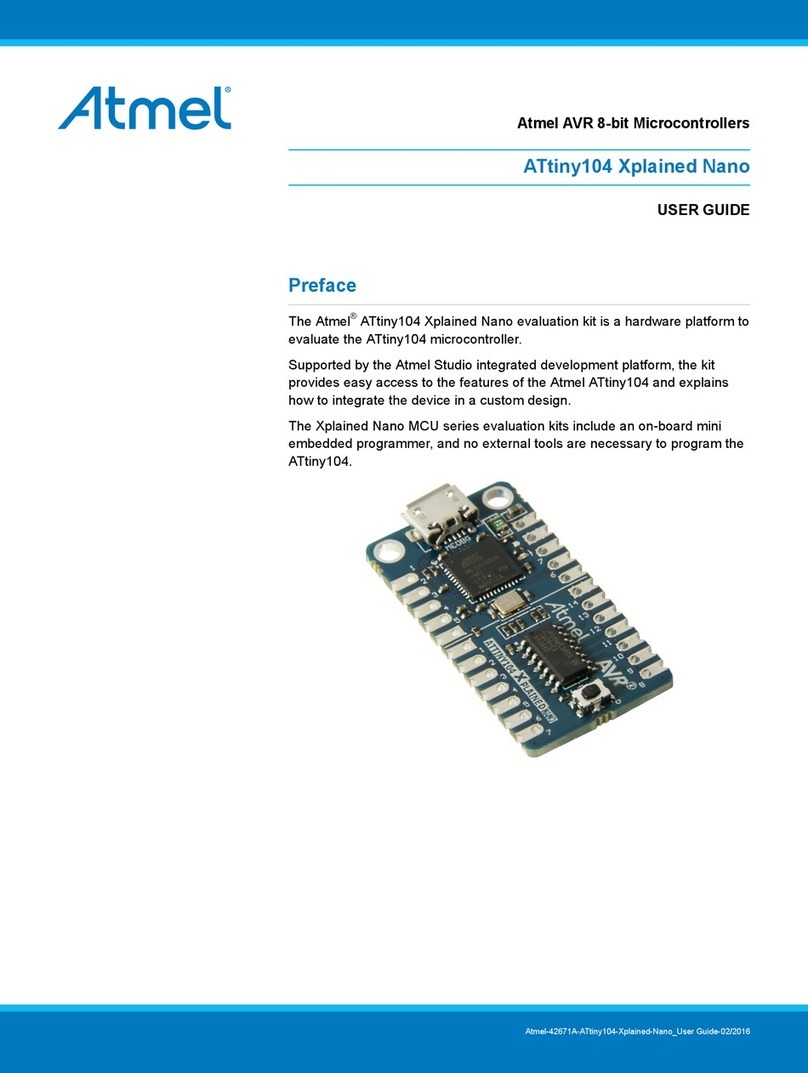
Atmel
Atmel ATtiny104 Xplained Nano User manual
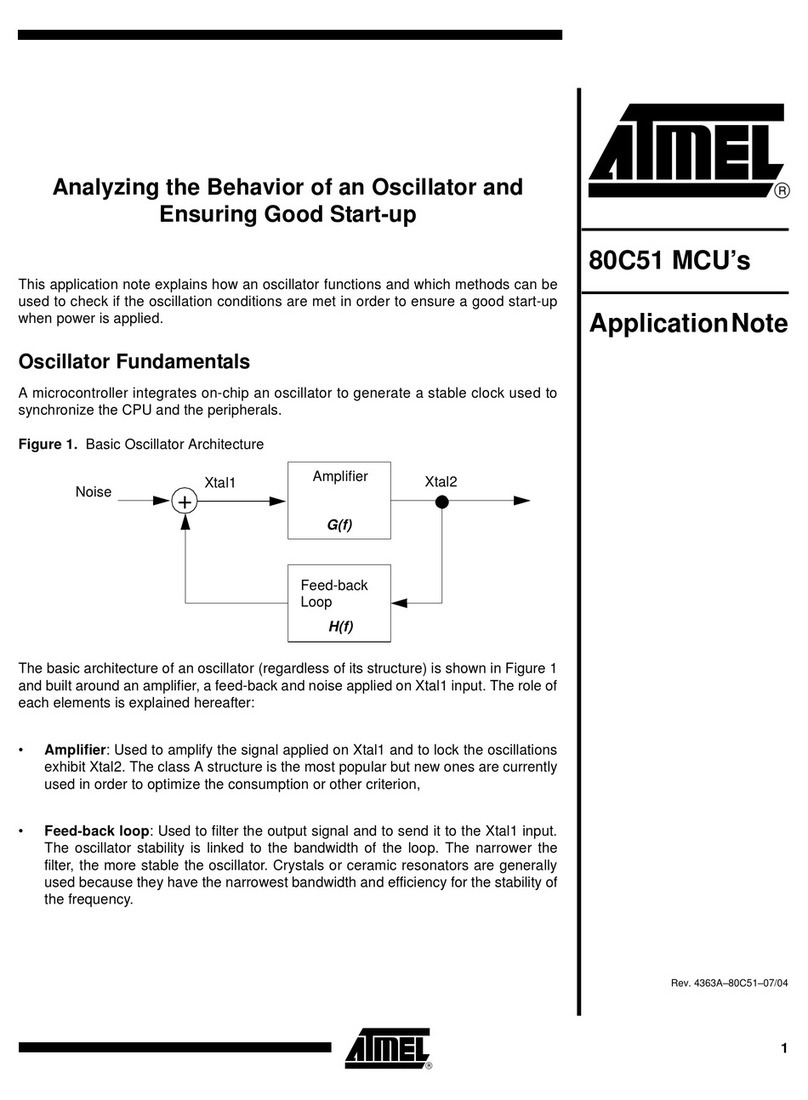
Atmel
Atmel 80C51 Installation and operating instructions
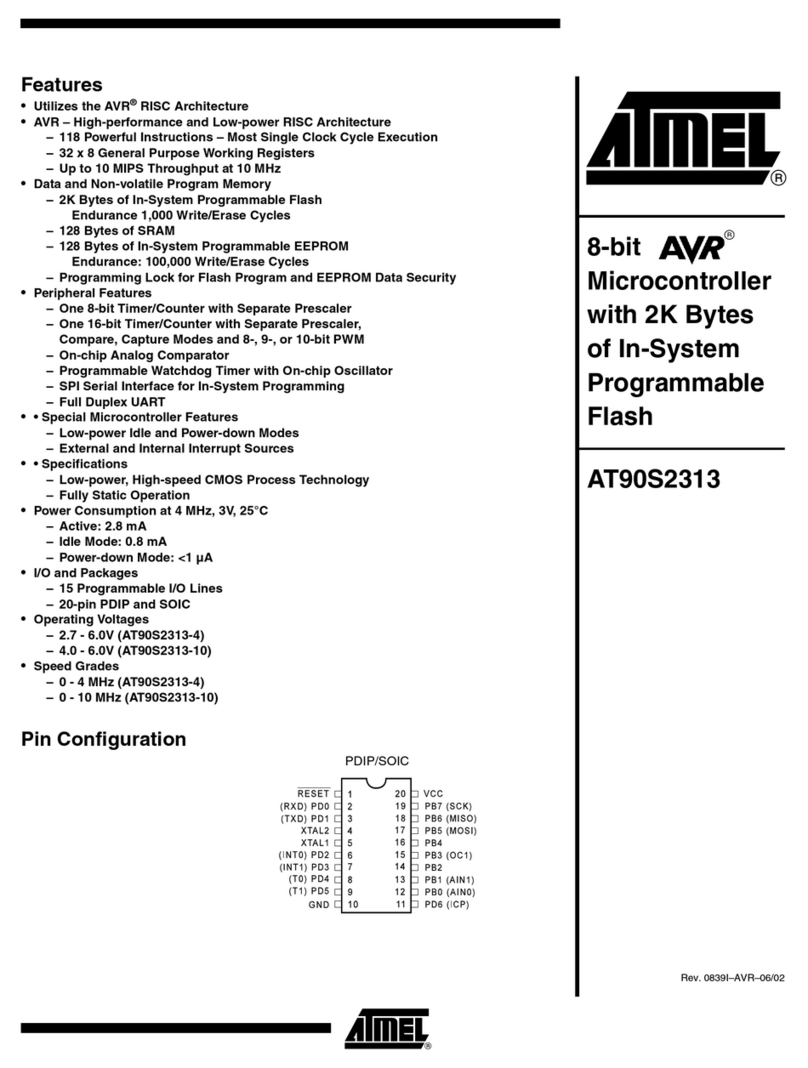
Atmel
Atmel AT90S4433-8AC User manual
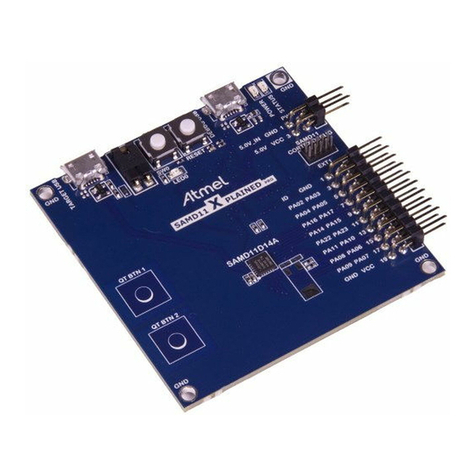
Atmel
Atmel SAM D09 Installation and operating instructions
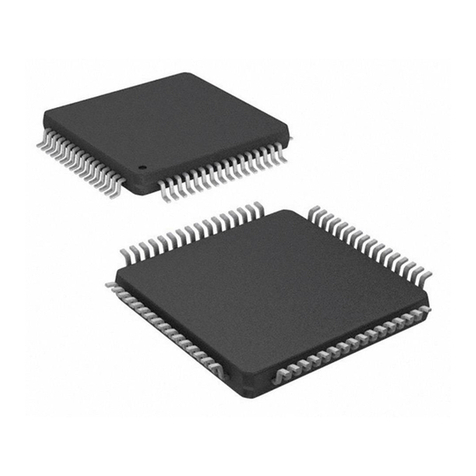
Atmel
Atmel XMEGA A3 series User manual
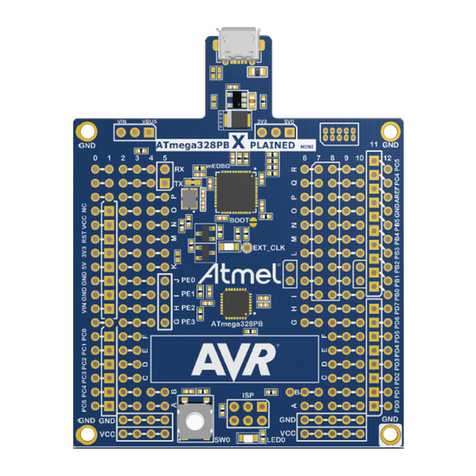
Atmel
Atmel ATmega328PB Xplained Mini Installation and operating instructions
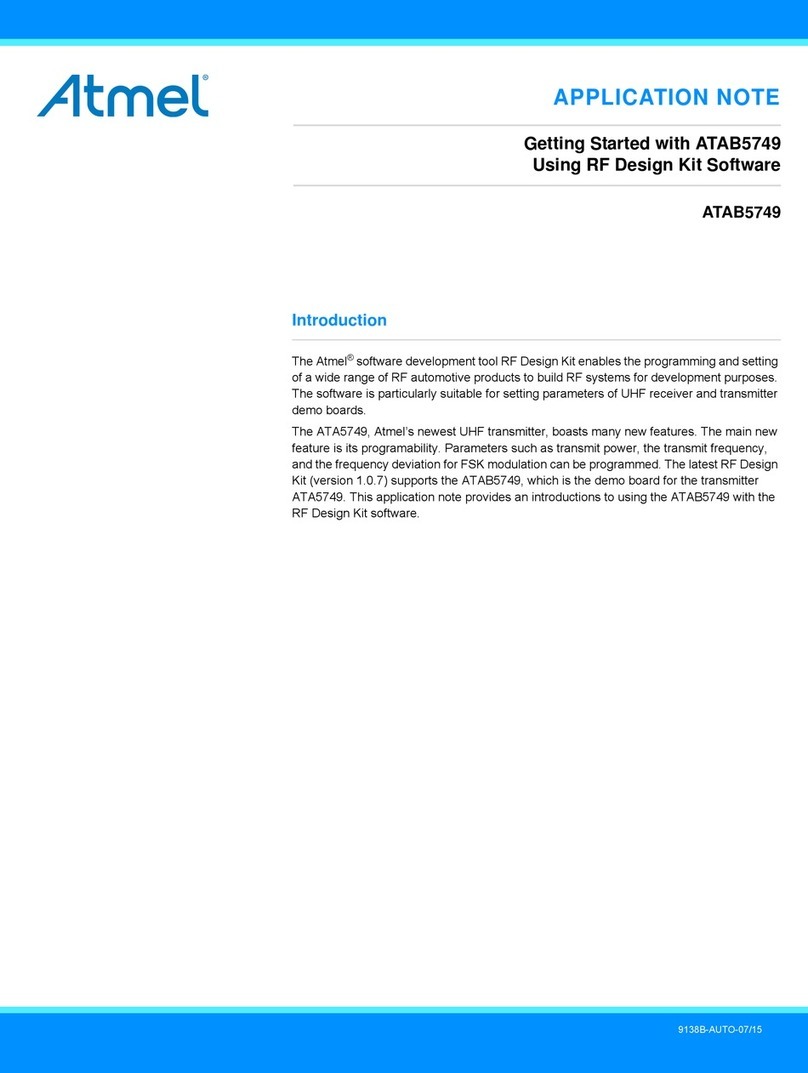
Atmel
Atmel ATAB5749 Installation and operating instructions

Atmel
Atmel AT91 Series User manual
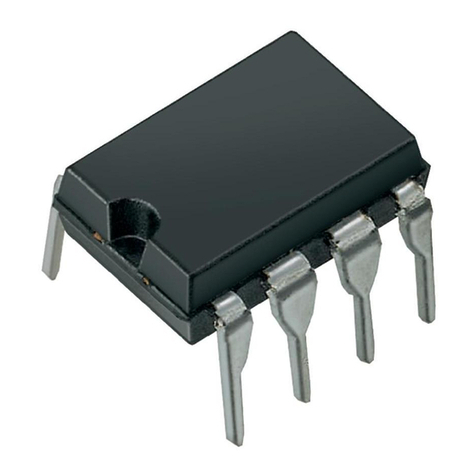
Atmel
Atmel ATtiny25 User manual
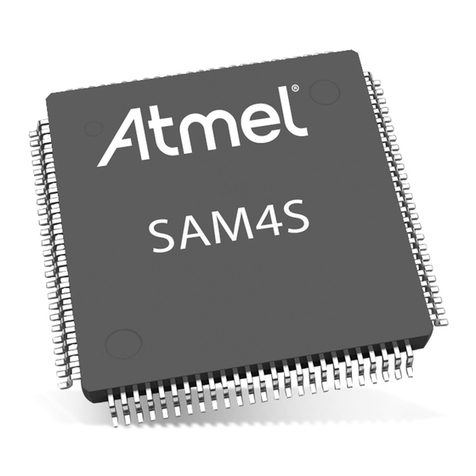
Atmel
Atmel SAM4SD32B Instruction Manual
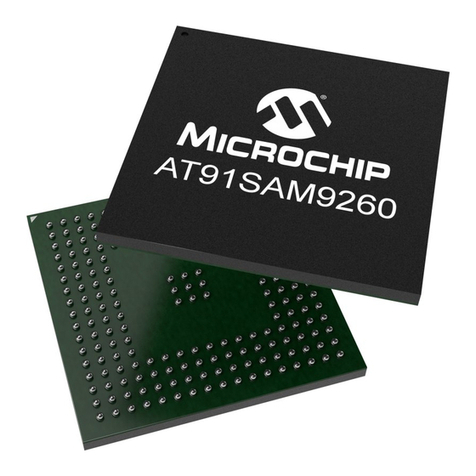
Atmel
Atmel AT91SAM9 Installation and operating instructions
Popular Microcontroller manuals by other brands

DIGITAL-LOGIC
DIGITAL-LOGIC MICROSPACE manual

Texas Instruments
Texas Instruments TMS320F2837 D Series Workshop Guide and Lab Manual

CYPRES
CYPRES CY14NVSRAMKIT-001 user guide

Espressif Systems
Espressif Systems ESP8266EX Programming guide

Abov
Abov AC33M8128L user manual
Silicon Laboratories
Silicon Laboratories C8051F800 user guide























